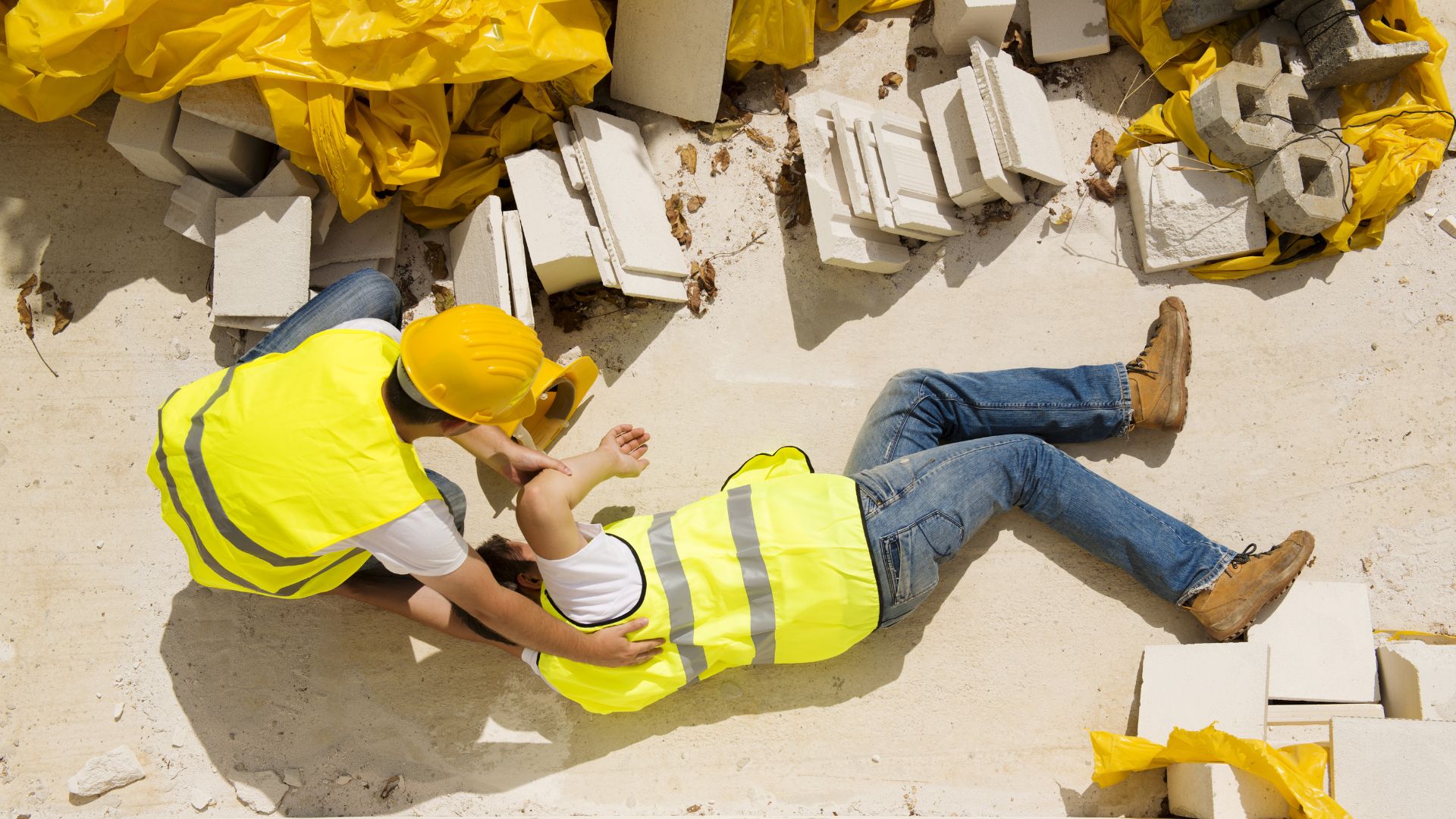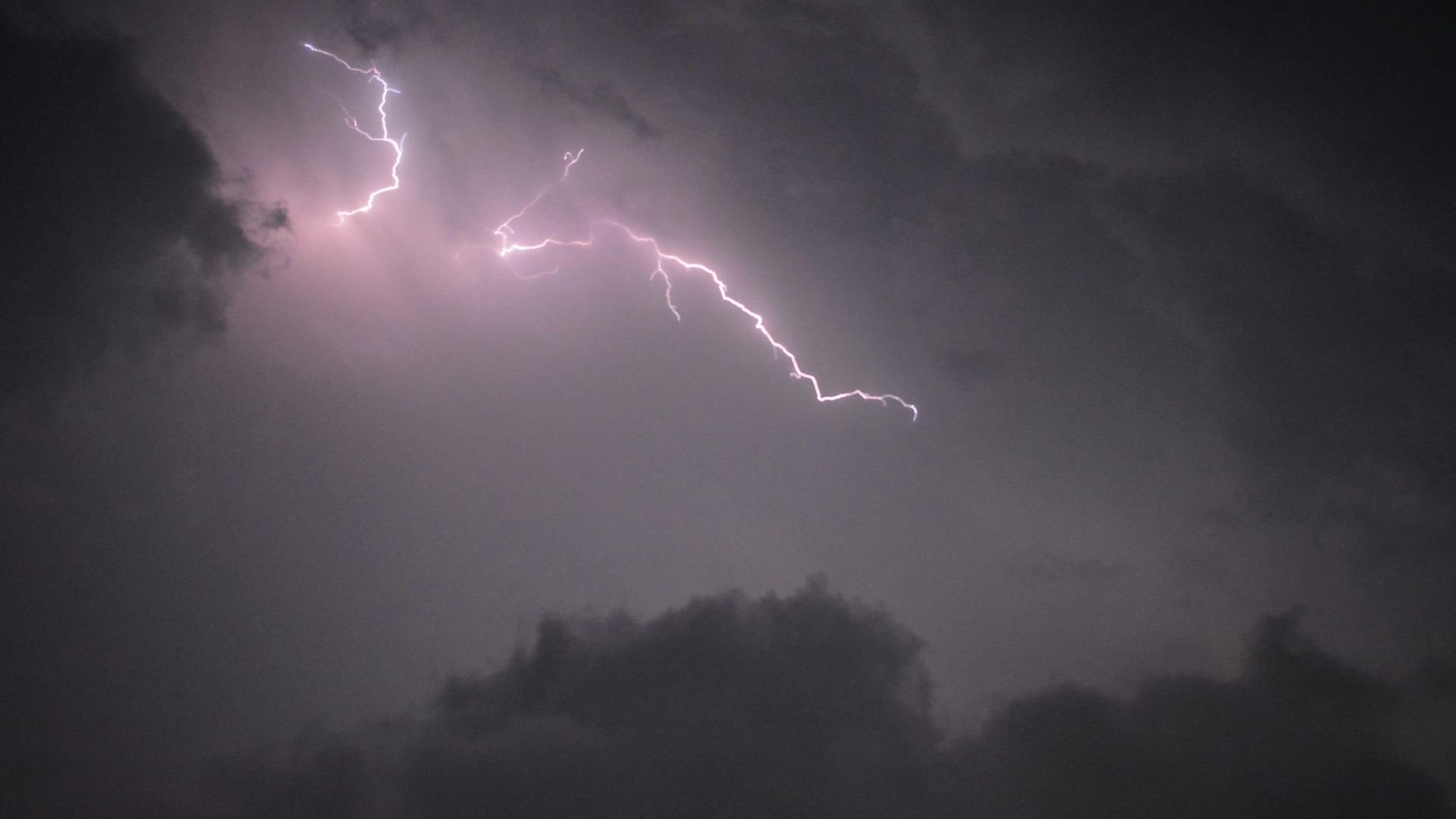World
Types of Accidents That Can Be Avoided On Construction Sites

Construction sites are dangerous places. In fact, construction workers have some of the most dangerous jobs in America. According to the Occupational Safety and Health Administration (OSHA), fatal work injuries occurred at a rate of 10.1 per 100,000 full-time equivalent workers in 2018. Construction workers’ leading causes of death were falls, being struck by an object, and electrocutions.
While construction accidents can’t always be prevented, some types of accidents are more likely to occur than others. By being aware of the most common types of accidents on construction sites and taking steps to avoid them, you can help keep yourself and your coworkers safe.
Accidents Caused by Defective Equipment
Another common type of accident that occurs on construction sites is when a worker is injured by defective equipment. To prevent this type of accident, construction companies should regularly inspect all equipment before it is used. In addition, workers should be properly trained on how to use the equipment and be aware of any hazards associated with it. If any defects are found, the equipment should be repaired or replaced before it is used again. Unfortunately, with all the construction in NYC, there has been more than one occasion of a New York crane accident.
Accidents Caused by Falling Objects
Being struck by an object accounts for about 8% of all construction worker deaths. This type of accident can be prevented by using fall protection systems like barriers, nets, and guardrails. Workers should also be properly trained on how to use these systems. In addition, construction companies should create a policy that requires all workers to wear hard hats when they are on site.
You should also be aware of your surroundings at all times and stay clear of areas where objects could potentially fall from above. If you see something falling, don’t try to catch it—get out of the way as quickly as possible to avoid being hit by it. Lastly, if you are working above ground level, take extra care to ensure that tools and materials are secured, so they don’t accidentally fall on those working below.
Accidents Caused By Slips and Falls
Slips and falls are another common types of accident that occurs on construction sites. These accidents can be prevented by keeping the work area clean and free of debris. In addition, workers should be trained on how to safely use ladders and scaffolding. In addition, flooring should be slip-resistant to help prevent these types of accidents.
To avoid falls, always use caution when working at height. Ensure scaffolding is properly assembled and all guardrails are in place before beginning work. When using ladders, make sure they are the correct size and weight capacity for the job and that they are positioned correctly before climbing. Lastly, watch your step around holes in floors and walls—they should be covered with warning signs or barriers to prevent accidental falls.
Accidents Caused By Chemical Exposure
Construction workers are often exposed to hazardous chemicals while working on a site. This exposure can lead to serious health problems like respiratory issues and skin irritation. To protect workers from these hazards, construction companies should provide them with proper Personal Protective Equipment (PPE). In addition, workers should be properly trained on how to safely use and handle the chemicals they are exposed to.
Accidents Caused By Electrical Shock
Another hazard that construction workers face is electrical shock. This can occur when workers come into contact with live electrical wires or components. To avoid this hazard, workers should always assume that any wire or component they come into contact with is live and take the necessary precautions to avoid coming into contact with it. In addition, all electrical work should be done by a certified electrician.
Final Thoughts
Construction work comes with many risks, but some accidents can be avoided if the right safety measures are in place. By taking precautions like using fall protection systems, inspecting equipment regularly, keeping the work area clean, and providing Personal Protective Equipment (PPE), construction companies can help prevent accidents and keep their workers safe.
World
More Named Storms — Is Your Luxury Pergola Ready?

The National Oceanic and Atmospheric Administration (NOAA) predicted a 60% chance that the 2025 Atlantic hurricane season would be above normal. The administration said to watch for between 13 and 19 total named storms — those with winds of 39 mph or higher.
For homeowners in hurricane-prone regions, this raises an urgent question: are your outdoor spaces ready to weather the storm?
PERGOLUX, a leader in durable outdoor structures, designs powder-coated aluminum pergolas with adjustable louvers to withstand the harshest environments.
“Today’s outdoor living spaces face the wrath of nature’s extremes,” says Tim Heneveld, Country Director of PERGOLUX North America. “Hurricanes, tropical storms, and flash floods bring powerful winds exceeding 100 mph. Their relentless rain and rising floodwaters can quickly devastate unprepared structures. If you want to protect your investments, resilient design is essential.”
Is your aluminum pergola and louvered roof ready to take on intense storms?
The open-air elegance of patio pergolas with slat roofs is perfect for a gentle breeze, but can make them vulnerable to the violent forces of hurricane winds. These storm winds pack powerful uplift and lateral forces.
Wind uplift occurs when gusts of wind flow beneath the roof, generating upward pressure that can lift the entire structure off its base. Lateral forces push a pergola horizontally, causing it to lean or even collapse.
The key defense against these powerful forces? A reinforced frame.
“Strong, well-engineered frames act as the backbone of your pergola,” notes Heneveld. “Aluminum is the ideal material for a pergola’s frame. It combines the strength needed to resist bending or breaking with a lighter weight that reduces strain on the foundation.”
PERGOLUX’s pergolas feature reinforced frames engineered to withstand intense storms with confidence. In fact, their latest model, the Skydance Series 3 Pergola, is specially crafted to endure winds up to 165 mph, which means that even when fierce hurricanes like Milton sweep through, these pergolas remain intact.
Reinforced aluminum frames designed with thickened beams and precision connections stand up to wind uplift and lateral pressure. Hurricane-rated bolts, brackets, and screws hold everything tightly together to prevent weak points that storms so often exploit. When each joint is reinforced and well-anchored, your pergola can remain a steadfast retreat despite the wildest weather. Thicker beams and columns combined with robust engineering techniques give these pergolas superior strength. Extra support brackets, hidden fasteners, and precise assembly methods ensure the frame endures.
Elevated bases can protect your luxury pergola from floods
Along with high winds, storms bring torrential rain. Rising water can undermine structural footings and rot wooden materials, which can destabilize the entire installation.
An elevated base is a strategic line of defense. “By constructing your pergola on raised concrete footings or piers, you create a gap between the ground and the structure,” notes Heneveld. “During a flood, it keeps the water at bay. The elevation also prevents erosion caused by pooling rainwater.”
The best-quality outdoor pergolas offer high-grade materials and cutting-edge engineering
The key element of any storm-ready outdoor structure is its materials. PERGOLUX chooses 6063-T5 aluminum, a marine-grade alloy renowned for its incredible strength and exceptional resistance to corrosion, even when exposed to salty sea air and humid conditions.
“A wooden or vinyl pergola may look great at first,” says Heneveld, “but they often require costly upkeep or replacement after just a few seasons of storm damage. Our reinforced aluminum pergolas will give you years of worry-free durability. It will remain strong and look fantastic, no matter the weather.”
PERGOLUX’s advanced engineering solutions also protect what is inside the structure. Their patented RainLUX™ integrated gutter system channels rainwater away, preventing leaks that can damage furniture and floors.
“We offer a 10-year warranty to back up all of our claims,” Heneveld says. “It’s our commitment that these structures will protect your home’s exterior environment for years to come. We want you to focus on enjoying the moments that matter in your pergola, not on the coming storms.”
Practical outdoor living tips to prepare your louvered pergola kit before storm season
Even the strongest pergola will fare better when prepped for a coming storm. “Make sure to secure your loose items,” Heneveld warns. “Before a storm, remove furniture, planters, and décor. All of these can become hazardous projectiles.”
When homeowners hear that a storm is on the way, they will want to fully secure any screens or panels. Removing detachable panels before severe weather will help protect the pergola by reducing wind resistance.
Homeowners will want to take the time to routinely inspect and maintain their pergolas. A quick check for loose fasteners or other small signs of wear goes a long way in preserving the pergola’s strength.
“Combine simple preparation with a reinforced, elevated, and expertly engineered structure, and you’ll have an outdoor space built to last,” Heneveld concludes. “Investing in a storm-ready pergola is about so much more than just avoiding damage. You’re preserving a lifestyle. A long-lasting pergola will bring you years of shaded summer barbecues and fresh-air morning coffees.”
-

 Tech5 years ago
Tech5 years agoEffuel Reviews (2021) – Effuel ECO OBD2 Saves Fuel, and Reduce Gas Cost? Effuel Customer Reviews
-

 Tech6 years ago
Tech6 years agoBosch Power Tools India Launches ‘Cordless Matlab Bosch’ Campaign to Demonstrate the Power of Cordless
-

 Lifestyle6 years ago
Lifestyle6 years agoCatholic Cases App brings Church’s Moral Teachings to Androids and iPhones
-

 Lifestyle5 years ago
Lifestyle5 years agoEast Side Hype x Billionaire Boys Club. Hottest New Streetwear Releases in Utah.
-

 Tech7 years ago
Tech7 years agoCloud Buyers & Investors to Profit in the Future
-

 Lifestyle5 years ago
Lifestyle5 years agoThe Midas of Cosmetic Dermatology: Dr. Simon Ourian
-

 Health7 years ago
Health7 years agoCBDistillery Review: Is it a scam?
-

 Entertainment6 years ago
Entertainment6 years agoAvengers Endgame now Available on 123Movies for Download & Streaming for Free
